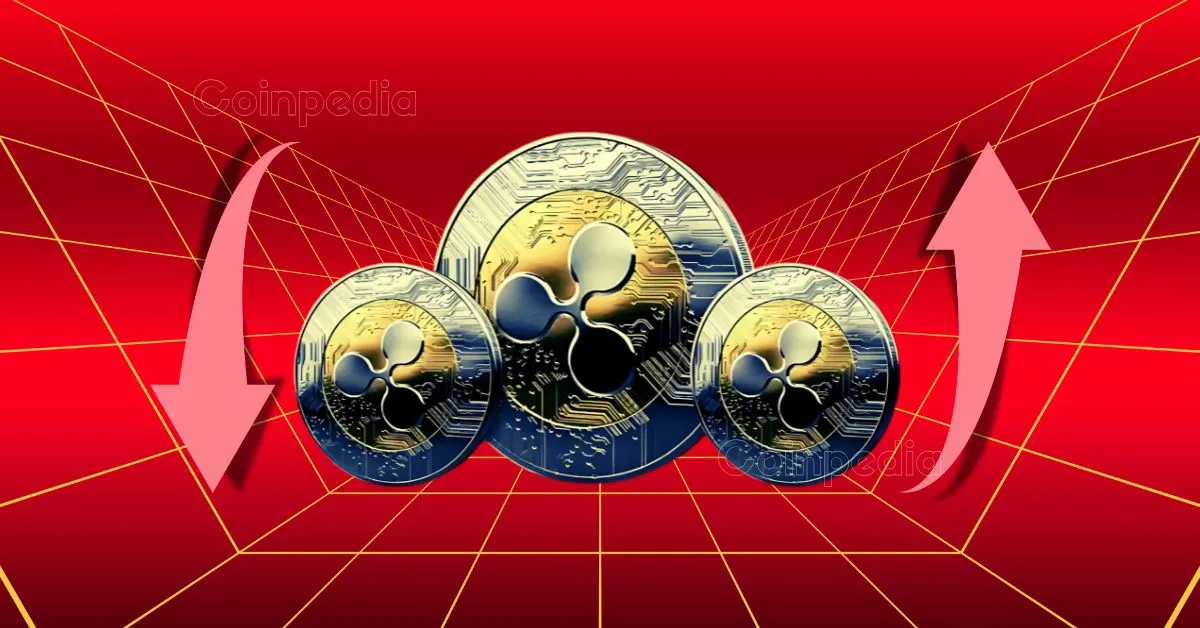 CaryptosHeadlines Media Has Launched Its Native Token CHT.
Airdrop Is Live For Everyone, Claim Instant 5000 CHT Tokens Worth Of $50 USDT.
Join the Airdrop at the official website,
CryptosHeadlinesToken.com
CaryptosHeadlines Media Has Launched Its Native Token CHT.
Airdrop Is Live For Everyone, Claim Instant 5000 CHT Tokens Worth Of $50 USDT.
Join the Airdrop at the official website,
CryptosHeadlinesToken.com
- Chainlink launches Payment Abstraction on mainnet, enabling service fees to be seamlessly converted into LINK.
- Aave integrates Chainlink SVR to reclaim MEV from liquidations, sharing revenue 65% with Aave and 35% with Chainlink.
Chainlink has launched Payment Abstraction on mainnet, enabling service fees to be automatically converted into LINK. This upgrade supports a new revenue-sharing model through Smart Value Recapture (SVR).
Aave is the first DeFi protocol to integrate SVR, reclaiming value from liquidations. Chainlink aims to expand support and enhance its staking and payment systems.
Chainlink Payment Abstraction Launches on Mainnet
Chainlink announced that Payment Abstraction is now live, enabling users to pay for services using various assets. These payments are converted into LINK through a process involving Chainlink Automation, Price Feeds, CCIP, and decentralized exchanges.
We’re excited to announce Chainlink Payment Abstraction is officially live on mainnet, enabling user fees to be converted into LINK.
Network fees generated from Chainlink SVR—including @aave‘s usage of SVR—will now be converted to LINK.
— Chainlink (@chainlink) March 31, 2025
According to Chainlink, this system reduces payment friction and simplifies the user experience across its network. It uses LINK as a universal token for payments and staking.
The first implementation of Payment Abstraction focuses on converting fees generated from Smart Value Recapture (SVR). This Oracle-based system allows DeFi protocols to recover Oracle Extractable Value (OEV), a type of MEV previously lost to block builders.
Chainlink confirmed that its portion of these fees will be used to reward node operators, later transitioning to LINK stakers once SVR services are secured by Chainlink Staking.
Node rewards from over 40 chains are also set to be consolidated into a single blockchain, starting with CCIP. Chainlink plans to increase gas efficiency and cross-chain compatibility through future updates. Feedback from protocol users and developments like Account Abstraction helped shape this feature.
Aave Integrates Chainlink SVR to Capture MEV
Aave has integrated Chainlink’s SVR on the Ethereum mainnet to recover liquidation-related MEV. The feature was developed with support from BGD Labs, Aave Chan Initiative, and Flashbots. Aave’s on-chain vote approved the integration, targeting previously unrecoverable MEV tied to oracle services.
SVR’s architecture is based on Chainlink’s existing decentralized infrastructure, which has supported Price Feeds for over five years.
It enables Aave to redirect OEV into its protocol instead of allowing value to leak to block builders. The feature initially supports tBTC, LBTC, AAVE, and LINK, with more tokens planned in future updates.
Revenue from this MEV recapture is shared between communities: 65% goes to Aave and 35% to Chainlink. During the initial six-month period, this fee split is locked in. The fees sent to Chainlink are converted into LINK and redistributed to network participants.
Ernesto Boado, co-founder of BGD Labs, said SVR helps optimize liquidation processes while maintaining technical and financial security. Chainlink noted that Aave’s move represents a new model for value retention in DeFi protocols through Oracle innovation.
Network Fees and Rewards to Support LINK Staking
Chainlink confirmed that fees collected through SVR services not yet covered by staking will help fund Oracle rewards. These rewards support node operators maintaining Chainlink Data Feeds. As Chainlink Staking secures more SVR services, fee flows will shift toward LINK stakers, including both node operators and community participants.
The Chainlink team also shared that the code for the first phase of its Build claims mechanism is complete. This tool will allow eligible Chainlink ecosystem members, including stakers, to claim Build tokens. The official release is expected later this year, with more details to follow.
Chainlink is also working to consolidate node operator rewards into a single blockchain. This change aims to improve efficiency and centralize payout flows within the Chainlink Network. Payment Abstraction’s infrastructure supports this shift, creating a foundation for scalable service payments using LINK.















